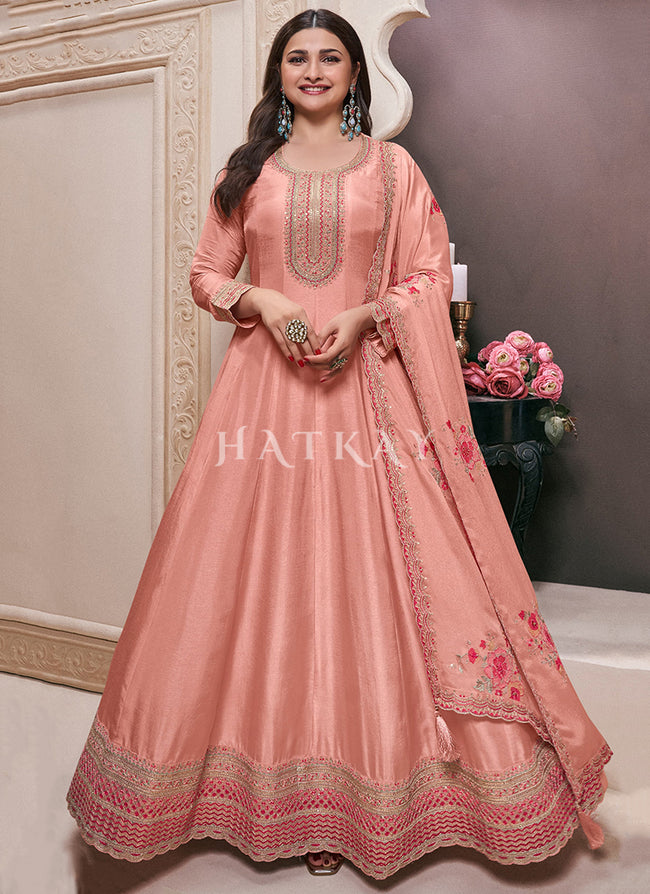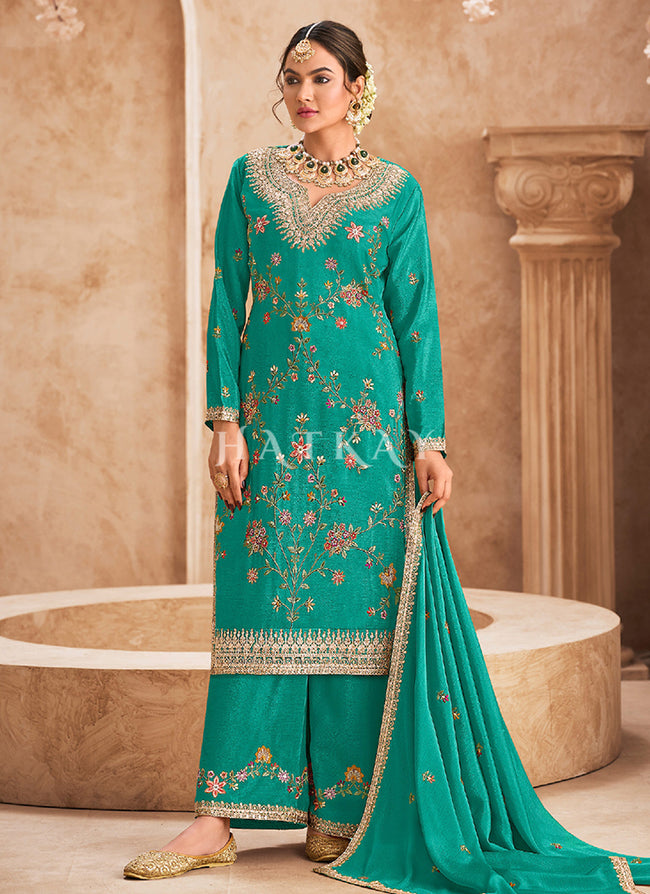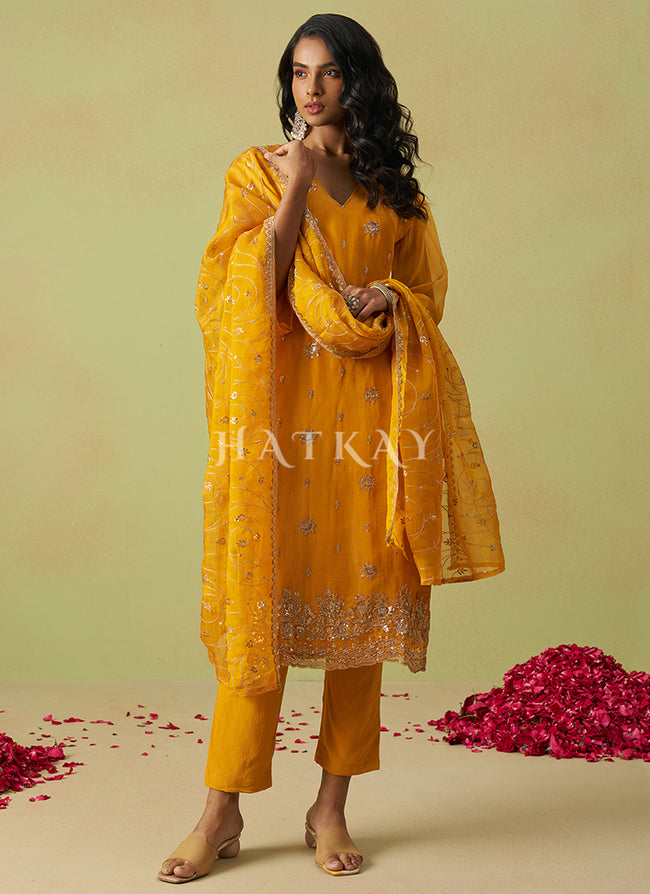The salwar kameez is a traditional and versatile outfit worn by women in South Asia, especially in countries like India, Pakistan, and Bangladesh. It's known for its comfort, elegance, and cultural significance. The outfit consists of three main components: the salwar (loose pants), the kameez (tunic or top), and the dupatta (scarf or shawl). These garments come in a variety of fabrics, each contributing to the unique look and feel of the outfit. Here are some common fabrics used to make salwar kameez:
-
Cotton: Perfect for everyday wear, cotton is lightweight, breathable, and comfortable, especially in hot weather. Cotton salwar kameez sets are ideal for casual occasions and daily wear.
-
Silk: Known for its luxurious feel, silk adds a touch of elegance to any salwar kameez. It’s commonly used for festive occasions and weddings, often adorned with intricate embroidery or embellishments.
-
Chiffon: Chiffon salwar kameez sets are soft, flowing, and lightweight, making them perfect for creating graceful, ethereal looks. They are often used for evening wear or semi-formal events.
-
Georgette: Slightly heavier than chiffon but equally graceful, georgette is a popular fabric for salwar kameez, offering a flattering drape and a polished look.
-
Linen: Linen is another comfortable fabric that’s great for daytime wear. It has a natural, textured finish that gives the salwar kameez a laid-back yet chic vibe.
-
Velvet: Velvet is a luxurious fabric that’s perfect for winter occasions and formal events. It’s heavier and provides warmth, making it ideal for the cooler months.
-
Brocade: This fabric, often used for special occasions like weddings and religious ceremonies, features intricate, raised patterns. It gives the salwar kameez a rich, royal appearance.
-
Satin: Satin offers a shiny, smooth texture, making it perfect for formal events. It adds a polished, sophisticated look to the salwar kameez.
The choice of fabric can greatly influence the style and formality of the salwar kameez. Lighter fabrics like cotton or chiffon are great for casual wear, while heavier materials like silk and velvet are perfect for weddings, parties, and special occasions.
How to Take Dupatta on Salwar Kameez
The dupatta is an essential part of the salwar kameez ensemble, adding grace and elegance. The way you drape the dupatta can change the overall look of your outfit. Here are a few popular ways to take the dupatta with your salwar kameez:
-
Classic Drape (Over the Shoulder):
- Simply fold the dupatta into a narrow strip and place it over one shoulder, letting the fabric fall evenly down your back.
- The ends of the dupatta can be allowed to flow freely, or you can tuck one side of the dupatta into the waistband of the salwar or under the arm for a more secure look.
- This style is simple and timeless, often used for casual or semi-formal occasions.
-
Front Pleated Style:
- Drape the dupatta across your front, from one shoulder to the opposite arm.
- Gather the fabric into pleats and pin it on the shoulder for a neat and structured look.
- This drape works well with heavier fabrics like silk or brocade and is often seen in more formal or festive outfits.
-
Dupatta Over Both Shoulders:
- Drape the dupatta evenly across both shoulders for a balanced and symmetrical look.
- The ends can be left to hang loosely on either side, or you can tuck them into the waistband or back of the salwar.
- This style is common for a regal or bridal look, especially with embroidered dupattas.
-
One Side Drape (Sikh or Punjabi Style):
- In this style, the dupatta is draped over one shoulder, then brought around the back and brought forward to hang over the opposite shoulder.
- The end of the dupatta can be adjusted as per preference, either left loose or pleated.
- This is a popular style for traditional or cultural celebrations.
-
V-shaped Drape (Dupatta with Pleats):
- Start by folding the dupatta into pleats.
- Drape the pleats over one shoulder, letting the ends hang down in front in a "V" shape.
- This is a contemporary take on the traditional look, giving a more structured, fashionable appeal.
-
Dupatta as a Belt:
- This is a modern take on wearing the dupatta.
- Drape the dupatta over one shoulder and bring it around your waist, like a belt, then pin it in place.
- This unique style works particularly well with more contemporary salwar kameez designs.
Final Tips:
- The color and fabric of the dupatta should complement the rest of your outfit. If the kameez is heavily embroidered, choose a simple dupatta to balance the look.
- Experiment with different drapes to find one that suits your body type and the occasion.
- You can also use a dupatta pin to secure the fabric in place, ensuring it doesn’t slip off throughout the day.
Ultimately, the way you take the dupatta on your salwar kameez can reflect your personal style, whether you prefer a traditional or modern look. Play around with different draping techniques to discover the best option for you!













